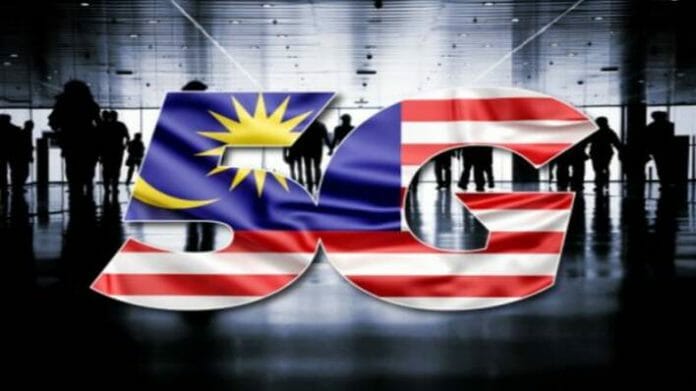The GSMA has published its insight report into the state of Malaysia’s 5G rollout, titled: Malaysia’s 5G SWN: what change could look like? In the report, the international mobile telecommunication body highlights 5G adoption rate in Malaysia was only standing at only 1% of consumers despite 47% percent 5G coverage in populated areas.
The coverage report was produced by Digital Nasional Berhad the sole entity appointed to roll out 5G in Malaysia, however, GSMA noted the country was already behind other neighbouring markets, such as Thailand, Indonesia, and the Philippines.
The report also calls for a more flexible framework to foster greater market-based competition, thus encouraging innovation. The report provides alternative options for Malaysia’s mobile future. One option would allow Malaysia to maintain the Single Wholesale Network (SWN) model it currently applies but voluntarily and led by retail requirements.
The body also pointed out that only three of the four largest operators (Celcom, Digi and U Mobile), which serve around 65% of Malaysia’s mobile subscribers, have signed access agreements with DNB. Maxis, the largest group with a 27% share,
has yet to sign – despite the government originally hoping to have all operators on board by June 2022.
Malaysia started later than others in 5G – and with co-dependencies. Delays to contracting with licensees have constrained the pace at which 5G base stations can be laid. 5G coverage has expanded to a meaningful level in built-up areas over the last 12 months, but this is the low-hanging fruit. Expanding into lower-density, rural areas are significantly harder.
If there were to be a change in course, a number of potential options could immediately provide more flexibility, including retail-led competition where operators offer 5G on their networks, use alternative network sharing agreements, and maintain an SWN but voluntarily. Benefits include increased innovation, differentiated quality of experience, more resilience, and minimising of cybersecurity risks.
The propensity to innovate is reduced in an SWN environment where no infrastructure competition exists. However, infrastructure competition is a key underpinning for innovation, whether in private networks, edge computing, or open RAN. The latter has gained momentum in many countries as a means to reduce cost, increase agility, and drive vendor competition.
Without a change in direction, Malaysia faces a competitive disadvantage on a number of network fronts (including open RAN, 5G Advanced, and satellite), with regional peers such as India and Indonesia also in the early
stages of 5G.
The government may be considering a change to its 5G network strategy, two years after the decision to adopt a single wholesale network (SWN) approach. As yet, there is no confirmation the government will change course or what that change would be. However, any shift could have ramifications for the pace of 5G rollout and adoption, and how operators manage infrastructure.
Malaysia regards itself as a digital player with a young population and high-growth economy, but in using an SWN it opted for an unconventional approach.
The GSMA is the global industry association representing mobile and adjacent industries.









